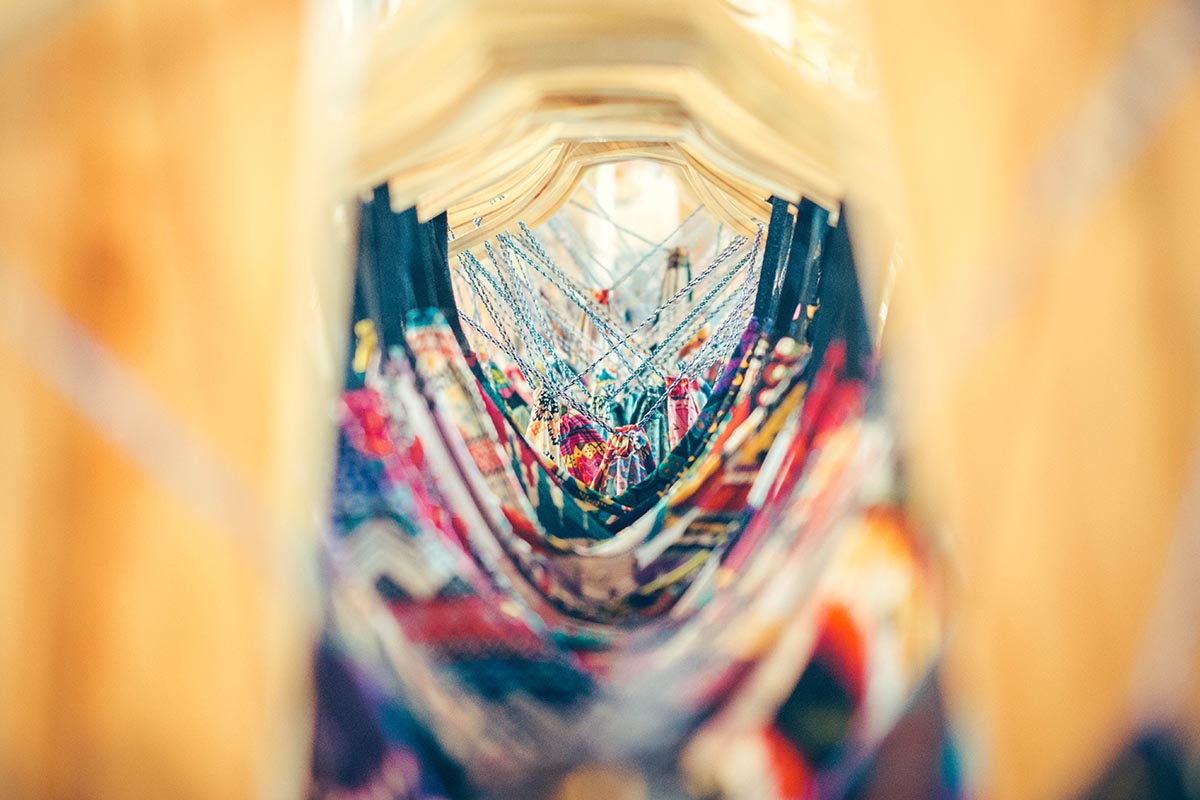Just one look at Emily Waters’ Instagram page reveals a passion and keen sensibility for the arts. Enticing forms and colors meet enthralling patterns and stylish yet classic garments that are beautifully yet effortlessly photographed. Such a talent for composition doesn’t happen by chance, but is a result of years of training and perfecting the practice of looking. While some choose to take their passion for the arts to the easel, camera, or runway, Emily has decided to use her skills to help others create original products that will change consumers’ lives.
Emily grew up in Vermont, attended Middlebury College and graduated with a degree in art. After making her way to New York City, a job with a high-end European menswear line sparked her passion for clothing, and she headed to Parsons to study fashion design. Since graduating she’s been running Emily Waters Design Studio, a consultancy helping fashion startup founders make their product dreams a reality.
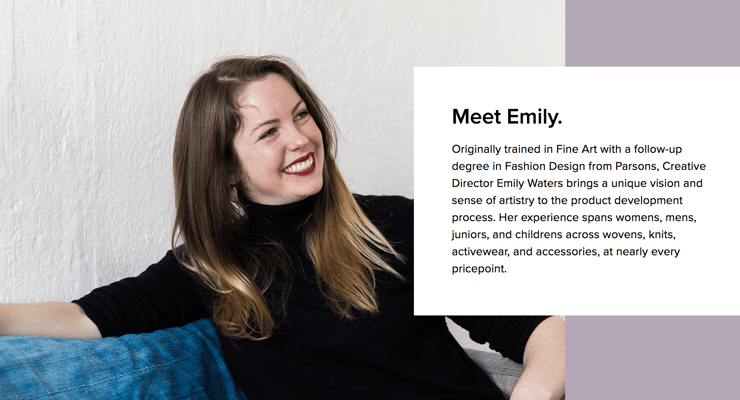
Photo Credit: Jen Rudy
In her business, Emily guides clients through the entire process of bringing a garment or line to market, from strategy, concept development, and product research to tech packs and building factory relationships. Her clients vary, from those who have a relatively flushed out idea for a garment or line to those who are dreaming of the perfect shirt or pair of pants but lack the experience or industry connections to bring it to fruition.
“Most of my clients have a great idea for a clothing line or a single product, accessory, or how they want to fill a niche in the market,” she tells us. “But a lot of people who aren’t designers, don’t have experience, or don’t have a full understanding of why having a designer and product developer involved is really necessary. I’ve seen people try to do it without a designer and really struggle, and lose a lot of money in the process.”
So, How Does A Fashion Product Designer Work?
“Essentially where I come in,” Emily explains, “Is if a company or founder has an idea and they want to produce it, I fill in all the steps they need in between the idea and the production.” The deliverables any business founder would need to give to a factory, for example, are what she specializes in. First, she sits down with the founders and makes a plan for getting all of the deliverables together to realize their vision. She creates accurate, professional, production-ready sketches of the concept, and then sources all materials, finds a factory if the client doesn’t yet have a relationship with one, then works on samples, fittings, and fabrics, all the while making sure the client is getting what they want before the garment or line goes into production.
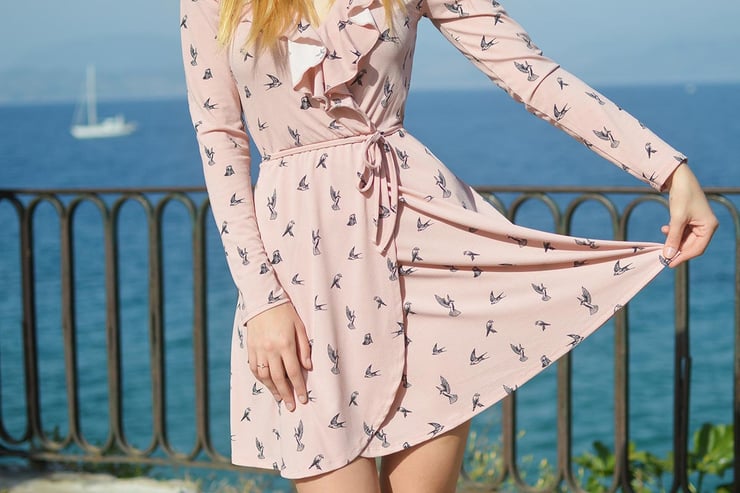
Concerning factories, the majority of her connections are in New York, but she has relationships with factories in Asia and South America as well. Where the garments will be produced depends greatly on the objective of the client, their vision, and the results they are looking to see, particularly because each continent’s factories offer the client something different, says Emily.
“One of the first things I talk about with a client is: What are your target retail costs, what is your margin, and how many do you think you can sell. And that quickly develops into figuring out what country it can be made in.”
How long Emily stays with a company depends on their situation. While she often sticks around for just one or two seasons until the startup or business can afford to hire on a designer full time, she has some clients with whom she has worked for five years, helping them roll out their new designs each year.
The Evolution of Fashion in a Digital World
The effect that social media and the prevalence of ecommerce has had on the fashion industry has been palpable, says Emily, particularly the rise of Instagram and Pinterest. Small brands can now showcase their products more easily and have a greater impact, which was extremely difficult even ten years ago, she says: The challenge that naturally arises from such a democratized landscape is that in a highly saturated ecommerce market, it can prove difficult for brands to get noticed:
“The challenge now from a marketing standpoint is - and this is where I come in - is you really have to stand out. Designing and developing a really special and unique product that photographs beautifully is a very important way to punch through the noise now that everyone is online, and on Instagram in particular.”
Nevertheless, Emily thinks that this is an exciting moment for smaller, independent brands. People are eager to buy their goods online, whether it’s clothes or technology or food, and the possibility of cutting out the middleman and benefiting from a direct-to-consumer model has many advantages.
Another exciting development in the fashion industry has been the new trend of radical transparency, a model embraced by brands such as Everlane. For attracting aspirational, socially-conscious millennials, ethical business practices are an excellent way to stand out among the crowd. However, authenticity remains key to engaging and retaining loyal customers, so having a consistent and strong product aligned with powerful messaging is a must for brands on the market today, Emily insists.
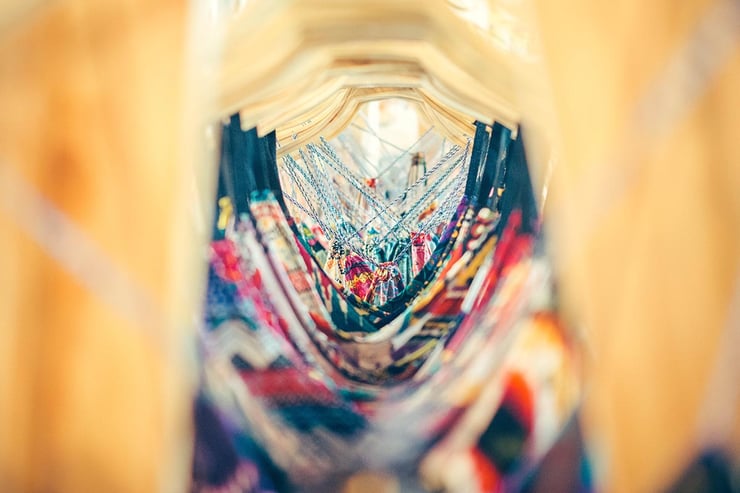
Another way companies like Everlane are acting as game-changers is in their seasonless rollout of designs. Typically, Emily clarifies, companies operate on the fashion calendar, launching a line each fall/winter and spring/summer that will be available in stores six months later. Conversely, a seasonless rollout factors in that customers want new designs when they want them, regardless of the season. Emily encourages new clients to consider this model in order to cater to the needs of the modern-day customer.
Other brands she looks to for inspiration are AYR, Bonobos, and Net-a-porter. Even Zara, who despite certain questionable business practices, have a phenomenal speed to market with excellent photography and branding. But she warns clients not to get to carried away in aspiring to swim with the bigger fish: “You can look at the big guys but don’t get carried away.” Customers, she explains, come in citing J. Crew, and she has to remind them what the big names are capable of due to their budget, and to be realistic about what they can expect when starting out with less money to spend.
What If I Want to Launch My Own Fashion Startup?
So let’s say that you’re looking to launch a new product yourself and are looking for an expert product designer. What qualities should you be looking for? For one thing, being a fashion designer does not necessarily qualify someone for this line of work.
“Just because someone is a fashion designer, doesn’t mean they’re right for helping you launch a new product that doesn’t exist yet or for which you have no infrastructure,” Emily warns.
The process of bringing a product to fruition from scratch for a burgeoning company is a special skill, and not one that many designers have. Look for product developers specialized in startups or designers who have launched brands themselves.
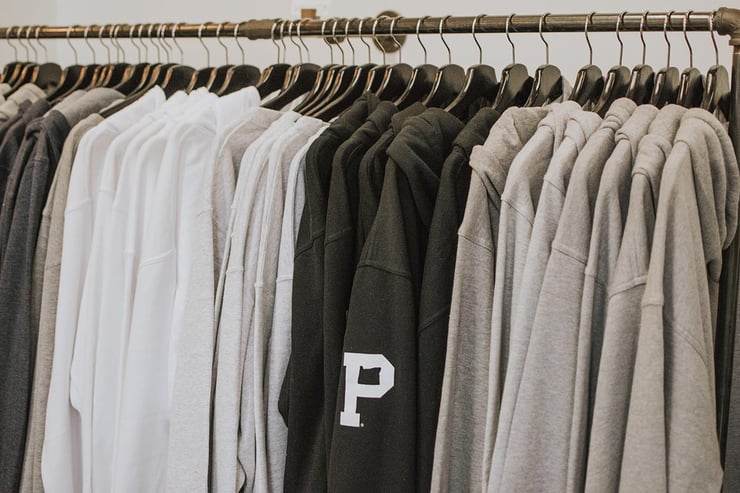
Once you find that person, be sure to come prepared with whatever information you can offer to help them do their job better. If you’re a marketing expert or have killer skills with numbers, bring your strategy and plans to your first meeting. The less prepared you are concerning what you want to produce, the more work the designer will have to do before they can start designing at all. This not only costs extra time and work for the designer, but will be significantly more expensive.
Aside from that, when you are developing your product, think long and hard about the market you want to serve and the values you want to promote. Emily herself has seen a trend toward timeless and classical pieces, and is firm in her belief that brands that can master the art of producing high-quality clothes with great branding are the ones who will stand the test of time:
“The things I am seeing that ecommerce brands are doing that I find inspiring are beautiful, timeless, classic, well-made pieces that last a long time, are not exorbitantly expensive - but aren’t cheap either - and have some unique element to the design, whether it’s really special colors of fabrics, or limited edition work with artists where they offer a cool print. My gut tells me that that’s the sweet spot for a small ecommerce brand making a mark and developing a devoted following.”

